Shetland fishers have called for a more cautious approach to developing offshore wind farms.
Projects already in the pipeline could wreak havoc with key spawning and nursery grounds for important fish stocks, they warned today.
According to Shetland Fishermen’s Association (SFA), there are major overlaps between proposed areas of offshore wind farm development and sensitive ecosystems for young fish.
This rush towards development means mistakes will be made – with Scotland’s productive and pristine fishing grounds potentially paying the price.”
Daniel Lawson, Shetland Fishermen’s Association.
Haddock is the staple ingredient of Scottish fish suppers.
But only two out of 18 areas earmarked for turbine installation under the Scottish Government’s ScotWind and Innovation and Targeted Oil and Gas leasing rounds are outside haddock spawning or nursery grounds, SFA said.
Several wind farm areas will impact the spawning and nursery grounds of Scotland’s most valuable pelagic fish stocks, such as mackerel, herring and blue whiting, the industry body added.
SFA executive officer Daniel Lawson said: “We appeal to the Scottish Government and offshore developers to undertake a full programme of research to more fully understand the impacts of anchoring offshore wind farms in the middle of fish spawning grounds.
“Ministers must adopt the precautionary principle and apply it.
“While the industry does not contest the concept of more offshore renewables, this rush towards development means mistakes will be made – with Scotland’s productive and pristine fishing grounds potentially paying the price.”
‘Real threat’
Mr Lawson added: “Our government says it wants to support coastal communities, build a world-class fishing nation and protect the health of Scotland’s fish stocks.
“Our community relies on a sustainable fishing industry and encouraging offshore wind farms without a full understanding of their impact is a real threat to the sustainability of those stocks.”
SFA also pointed to research showing a negative impact on shellfish species from offshore turbines and associated cabling.
‘Deformities’
A spokesman for the group added: “Scientists have demonstrated that brown crabs suffer from biological changes and altered migratory habits as a result of electromagnetic fields from underwater power cables, while lobsters risk developing life-limiting deformities.
“In Norway, fishermen who initially supported the development of offshore renewables are now objecting because the impact on fisheries, spawning areas and the marine environment has not been properly established.”
Mr Lawson said: “We must avoid a situation where fishing crews providing low carbon, nutritious and healthy food are threatened with the loss of their legitimate businesses and, ultimately, replaced by higher carbon food producers.
“Fishermen are now questioning whether ministers or marine Scotland even took spawning grounds into account in their rush to auction off vast areas of sea to multinational energy firms.”
The ScotWind licensing round kick-started a massive investment in wind projects in the North Sea.
But fishers fear they will be pushed out of some of their most prolific areas in the rush to develop offshore wind energy.
It was one of the hot topics at the Scottish Skipper Expo trade show in Aberdeen earlier this month.
Rural affairs cabinet secretary Mairi Gougeon opened the show and was later asked by The Press and Journal if Holyrood was paying attention to fishers’ wind farm concerns.
“We are definitely listening,” Ms Gougeon said, adding she and her officials had held meetings with the industry to try to address some of the challenges in striking a balance between different marine users,.
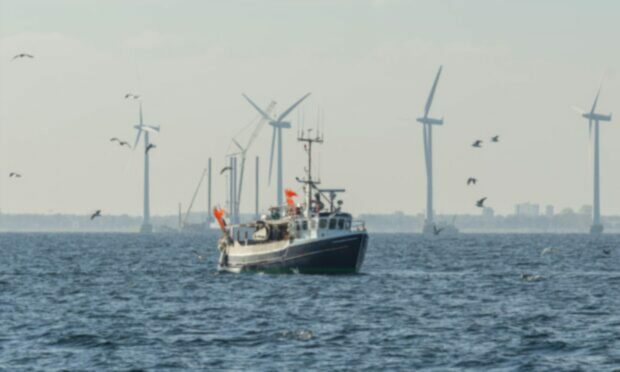
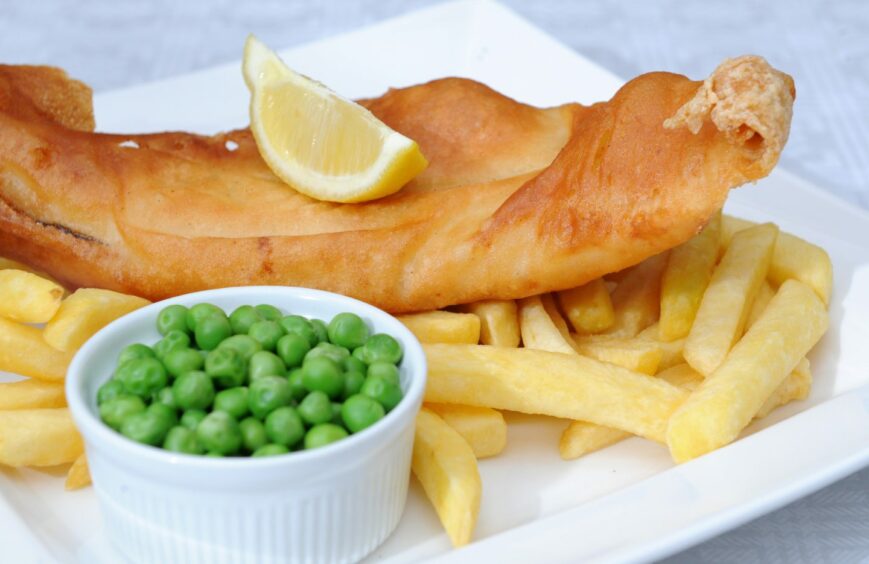
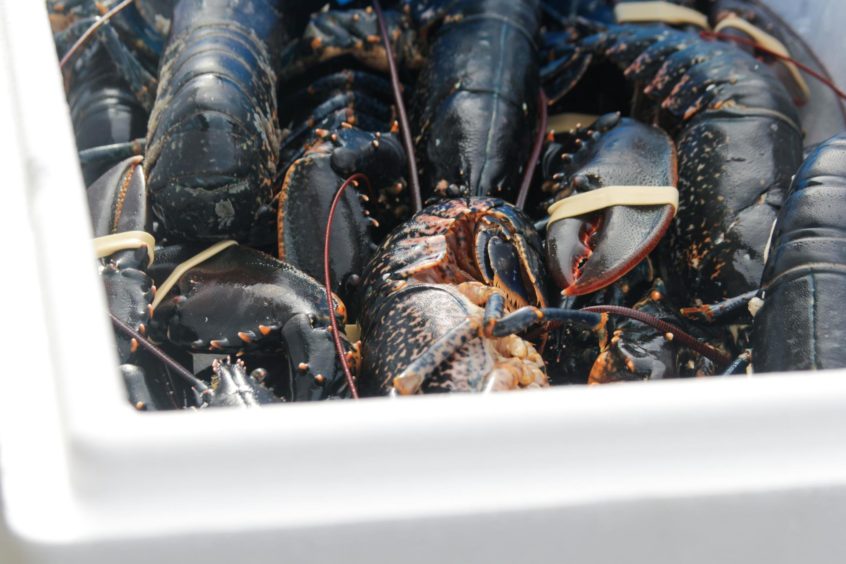
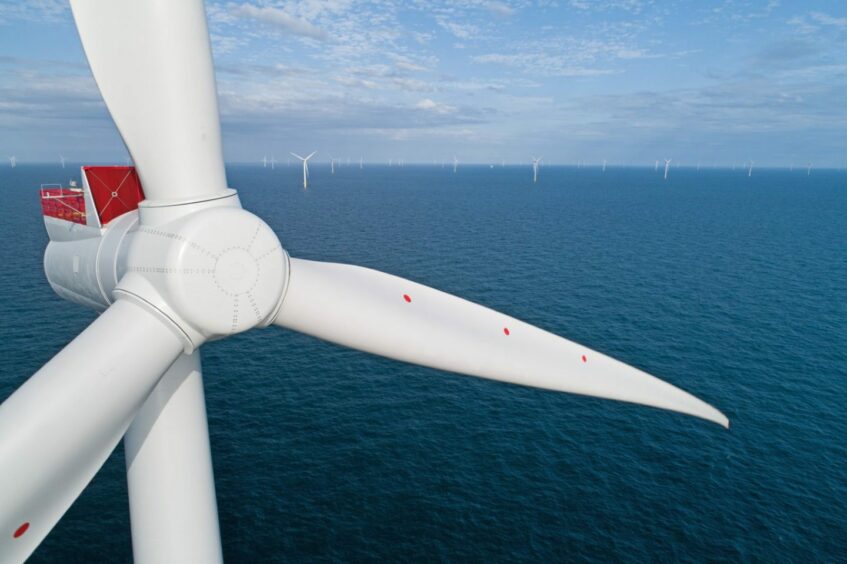
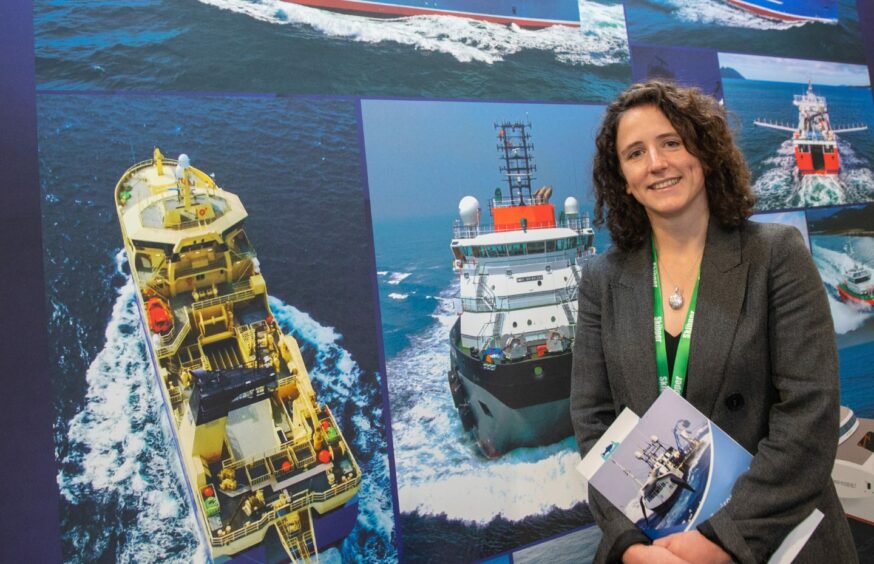
Conversation